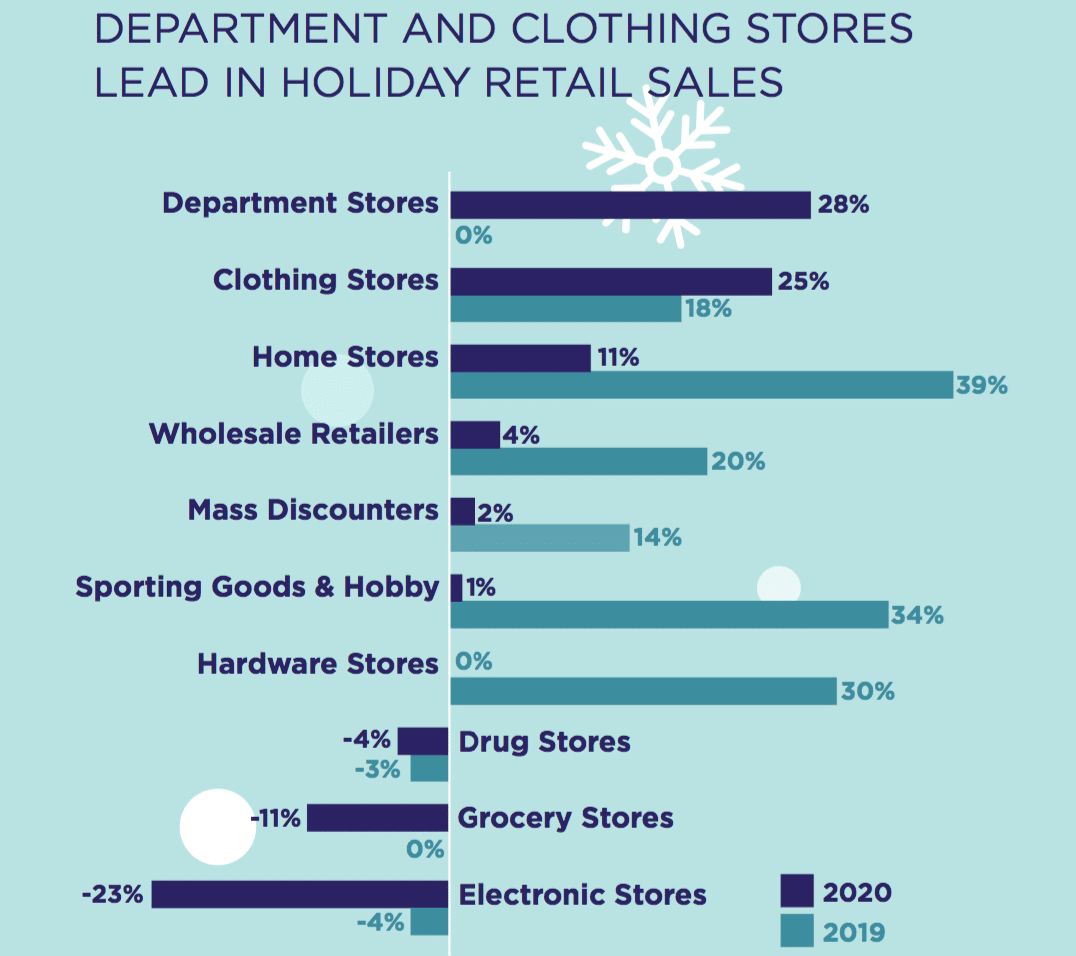U.S. consumers once again have proven themselves to be highly resilient and adaptive during the Covid-19 pandemic. Their buying behaviors have evolved quickly and dramatically to address new priorities and limitations, with consumer spending growing solidly in most categories, according to a new report just published by the CMO Council.
Consumer-facing brands and retailers were also responsive to the changes brought about by Covid, moving rapidly to upgrade digital and e-commerce experiences, and becoming increasingly data-driven. They will need to continue to adapt to the realities of a post-pandemic world, with new products, selling and marketing models, and digital and in-store experiences that align with tomorrow’s new normal, according to the report, developed in in partnership with Commerce Signals, a Verisk company.
The report, Gaining Lift from the Consumer Shift: Insights into Buying Behavior During Covid and Beyond, explores how consumers, businesses and marketers shifted focus during the pandemic to address changing needs and requirements, as well as what these changes will mean to the future. Many of the findings are based an analysis of anonymized credit and debit card spending data for 40 million U.S. households from Commerce Signals. The report also incorporates the views of senior marketers and other executives from a cross-section of retailers, media companies and brands, including Audacy, Cuisinart, Echelon, Lamp Plus, Pokeworks, Fandom and Trax.
Among report findings:
- Travel and hospitality, the hardest-hit industries during the pandemic, are making a significant recovery. While still behind 2019 spending levels, airline travel purchases are projected to be up 245 percent this holiday season compared to 2020. Hotels and motels are forecast to be up 163 percent.
- Most spend categories tracked in the study fully recovered from the effects of the pandemic by June of 2020. Winners included home furnishing, home entertainment, sporting goods, grocery and mass discounters. Losers, in addition to travel and hospitality, included clothing and department stores.
- Online spending experienced massive growth due to the pandemic, increasing 50 percent in 2020 versus 2019. Instore retail spending during that period grew only 1 percent.
“Consumers are going be consumers. Spending shifts, but it doesn’t stop,” said Nick Mangiapane, CMO of Commerce Signals, in a news release. “Our analyses of card spending throughout the pandemic makes it clear that U.S. consumers were able to pivot quickly and reshape their buying behaviors to meet new preferences. For example, clothing and department store purchases declined during the epidemic since there were fewer reasons to dress up. On the other hand, streaming media and home furnishing both grew significantly to fit with a stay-at-home lifestyle.”
“The past 18 months have underscored the need for marketers to continuously monitor, predict, and respond to the fast-changing needs and behaviors of consumers,” said Dave Murray, executive vice president with the CMO Council and author of the report, in the release. “Going forward, marketing teams need to fine-tune their ability to track consumer purchasing patterns and pivot quickly when necessary. That includes the use of timely, granular and localized spending data for marketing planning, audience segmentation and personalization.” 
The shift to online spending
One of the main ways the U.S. consumer adapted to the pandemic was to dramatically shift spending to online channels. Retail online sales skyrocketed in 2020, tripling its growth rate from the previous year. During the period from March 2020 to March 2021, online retail sales were up 56 percent compared to the previous 12 months.
Nevertheless, in-store shopping has rebounded in recent months. In fact, Commerce Signals projects that during the coming holiday season, in-store sales will be a major driver of growth for retail spending, growing 15 percent compared to the same period of 2020. Online retail sales will grow only 3 percent from the year-ago period, as online sales growth slows from its huge surge of 2020.
Retailers and other consumer products companies responded to the big uptake in ecommerce in 2020 by rapidly moving to improve online purchasing experiences. From ecommerce website upgrades and home delivery improvements, to buy-online/store-pickup models—retailers and other consumer-facing brands adapted to the new consumer mindset and behaviors.
Retailers will need to focus on upgrading both their online and instore experiences in the future, making it easier for customers to understand and see available inventory and make purchases and also build on new hybrid models such as the buy-online/store-pickup models.








